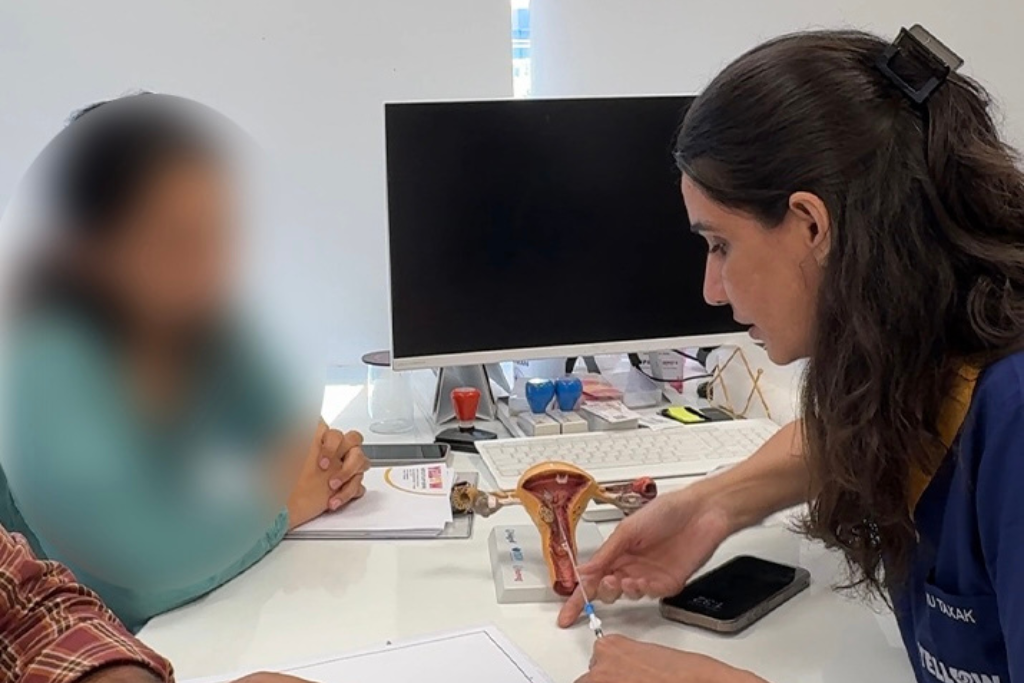There is absolutely no doubt that period pain is one of the worst pains women experience throughout their lifetime. In fact, research suggests that period pain can be as intense as the pain felt during a heart attack. Fortunately, there are numerous pain relievers and medications available to help women get through these challenging days. Painkillers like Meftal Spas are among the most commonly used medications for menstrual discomfort.
The Impact of Periods on Mental and Physical Health
Periods not only take a physical toll on a woman’s body during those 7 days but also significantly impact her mental health leading up to menstruation. Acne breakouts, frequent mood swings, and heightened irritability are common symptoms women endure during this time.
Premenstrual Syndrome
One major contributor to these emotional and physical changes is Premenstrual Syndrome (PMS). PMS is a combination of symptoms that many women experience about a week or two before their period. It occurs due to hormonal fluctuations during the menstrual cycle, affecting some women more severely than others.
Understanding the Four Phases of the Menstrual Cycle

Taking care of your body before the onset of menstruation can reduce the severity of period pain. Understanding the different phases of the menstrual cycle can help regulate your periods and maintain a consistent flow.
The menstrual cycle consists of four distinct phases: Menstruation, Follicular Phase, Ovulation, and Luteal Phase.
1. Menstruation
During your period, the uterine lining sheds and exits through the vagina. The menstrual fluid contains blood, mucus, and cells from the uterus lining. Periods typically last between 3 to 7 days.
Recommended Foods during this time:
- Iron-rich foods like spinach and lentils to replenish lost nutrients.
- Vitamin C-rich foods such as citrus fruits to improve iron absorption.
- Omega-3 fatty acids from fish and flaxseeds to reduce inflammation.
2. Follicular Phase
Starting on the first day of your period, this phase lasts for approximately 13 to 14 days. Hormone levels fluctuate, causing the uterine lining to thicken and follicles to grow on the ovaries. Usually, one follicle matures into an egg.
Recommended Foods during this time:
- Lean proteins like chicken and turkey.
- Non-starchy vegetables such as broccoli.
- Healthy fats including avocados.
- High-fiber carbohydrates like oats and sweet potatoes.
3. Ovulation
Ovulation occurs when a mature egg is released from an ovary, typically about two weeks before your next period. This is the most fertile phase, and unprotected intercourse during this time has the highest chance of leading to pregnancy.
Recommended Foods:
- Leafy greens and whole grains.
- Lean proteins such as fish and chicken.
- Healthy fats like avocados, nuts, and seeds.
- Foods rich in folate and choline to support energy and hormone balance.
4. Luteal Phase
After ovulation, the egg moves through the fallopian tubes toward the uterus. During this phase, the uterine lining continues to thicken in preparation for pregnancy. If pregnancy does not occur, menstruation begins, and the cycle restarts.
Recommended Foods:
- Leafy greens for essential nutrients.
- Complex carbohydrates to maintain energy levels.
- Healthy fats to support hormonal balance.
- Magnesium-rich snacks like almonds and dark chocolate to alleviate PMS symptoms.
Understanding your menstrual cycle and making mindful lifestyle choices can greatly reduce period discomfort and support overall well-being.
FAQs
Why is period pain so intense for some women?
Period pain is caused by the contraction of the uterus to shed its lining. Higher levels of prostaglandins (hormone-like substances) lead to more severe cramps.
Can diet really help reduce period pain?
Yes, a balanced diet rich in anti-inflammatory foods, iron, and essential vitamins can reduce inflammation, ease cramps, and support overall hormonal balance.
Are there any natural remedies for menstrual cramps?
Yes, applying a heating pad, practicing yoga, staying hydrated, and consuming herbal teas like ginger or chamomile can provide relief.
Is it normal to experience mood swings before and during periods?
Yes, hormonal fluctuations, particularly in estrogen and progesterone levels, can cause mood swings, irritability, and anxiety.
When should I consult a doctor for period pain?
If your period pain is debilitating, lasts longer than usual, or is accompanied by severe symptoms like vomiting, dizziness, or heavy bleeding, it’s best to seek medical advice.




